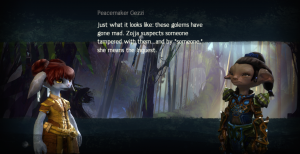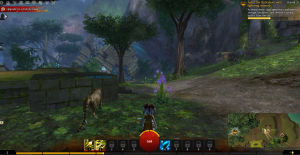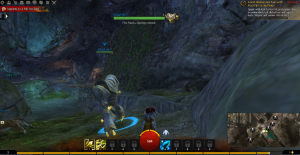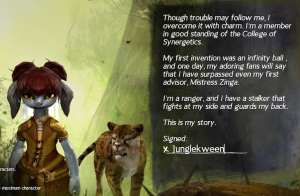“Examine and discuss the World Health Organization’s decision to declare gaming disorder to its International Classification of Diseases.”
In my limited gaming experience thus far by playing “Guild Wars 2,” I feel that “gaming disorder” is both valid and not; while I think the addictive aspects of gaming can be dysfunctional and debilitating, this is not the case for all, and this label sheds an overwhelmingly negative light on gaming as a whole.
From what I’ve learned, video games are designed to trigger addictive responses, because it is monetarily beneficial for the companies. The more people play more frequently, the more capital is produced, so creating rewards for those who come back, creating a need for certain things that one does not actually need, and other similar incentives, are built into the structure of the game. All of these factors do tend to lead towards addiction, especially when one considers the angle that gaming frequently preys on vulnerable populations, like those that rarely leave their house, and perhaps those that suffer with cognitive and mental dis/abilities that impede their ‘real life’ social activities. With all of these things considered, as well as the numerous cases of people’s lives being completely derailed by video game addiction, classifying it as a disease makes sense: it’s a form of addiction.
That being said, there are many other addictions that are not classified to the same degree, such as shopping addiction or food addiction, that can both yield equally as addictive and devastating results, but do not have the same recognition, allowing for those activities to be much more socially accepted overall. In many ways, modern life is constantly walking the line of addiction, whether that be through excessive capitalistic consumption or ‘food’ that is modified to such a degree that drawing “white powder” parallels would not be far-fetched.
All of these facets of life can be problematic, but there are stigmas attached to video games that other addictions steer clear of, which I find to be interesting, and not entirely fair. I believe that if we are to classify video games as an addiction, targeting only that medium would be incomplete, and we must therefore address other similar addictive behaviors that yield similar results.




